How does the UBL of a washing machine work?
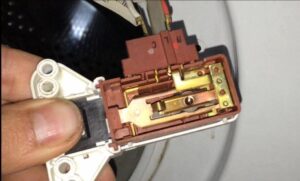 Sometimes users are faced with the fact that the washing machine door does not lock, or, on the contrary, does not want to open after washing. In most cases, the culprit is the blocker. The lock may become clogged with dust, burn out, or simply stop working due to wear and tear. To fix the problem, you will have to delve into the UBL device of the washing machine. Understanding the principle of operation of the lock, knowing what parts it consists of, even a beginner will be able to diagnose the lock. Let's look into the nuances.
Sometimes users are faced with the fact that the washing machine door does not lock, or, on the contrary, does not want to open after washing. In most cases, the culprit is the blocker. The lock may become clogged with dust, burn out, or simply stop working due to wear and tear. To fix the problem, you will have to delve into the UBL device of the washing machine. Understanding the principle of operation of the lock, knowing what parts it consists of, even a beginner will be able to diagnose the lock. Let's look into the nuances.
What types of locking devices are there and how do they work?
Having decided to deal with the problem yourself, you need to have an idea of how the UBL works and what kind of locks are installed on automatic machines. Over the past decades, manufacturers have equipped washing machines with either electromagnetic locks or mechanisms with bimetallic plates.
As for electromagnetic devices, they are recognized as quite unreliable. Such locks block the hatch only when power is applied. If suddenly the lights in the apartment are turned off, the mechanism will instantly stop working. Modern washing machines, in the vast majority of cases, are equipped with UBL based on bimetallic plates.
The operating principle of bollards with bimetallic plates is very simple. The operation of the mechanism is ensured by three components:
- thermoelement;
- hook-fixer;
- bimetallic strip.
When the user starts the wash, voltage is supplied to the UBL thermocouple. The part heats up and transfers heat to the bimetallic strip.Next, the plate, under the influence of high temperatures, increases in size and presses on the latch. The hook quickly operates and closes the mechanism, thereby blocking the door. While the current “enters” the lock, the hatch remains tightly closed.
When the wash ends and the voltage supply is stopped, the thermocouple gradually cools down. The bimetallic plate stops heating and decreases in size, pulling the “hook” back. After this, the hatch of the washing machine can be safely opened.
After the cycle ends, wait 2-5 minutes and only then open the door - the bimetallic plate needs time to cool.
It happens that the contact of the locking device breaks through. In this situation, the thermoelement remains cold, the plate does not heat up, and the latch does not work. The control module does not receive a signal that the system is tight, so the wash does not start.
The opposite situation is when power is supplied to the blocking device continuously, even after the end of the cycle. Then the elements do not cool down, the control module keeps the door locked. In this case, you can gain access to the drum only by turning off the power to the machine.
Problems indicating UBL
How can you tell if the locking device is faulty? In some cases, it is possible to diagnose a breakdown without even disassembling the “home assistant”. The machine itself will indicate to you the problem. It’s worth considering that there are problems with the blocker if: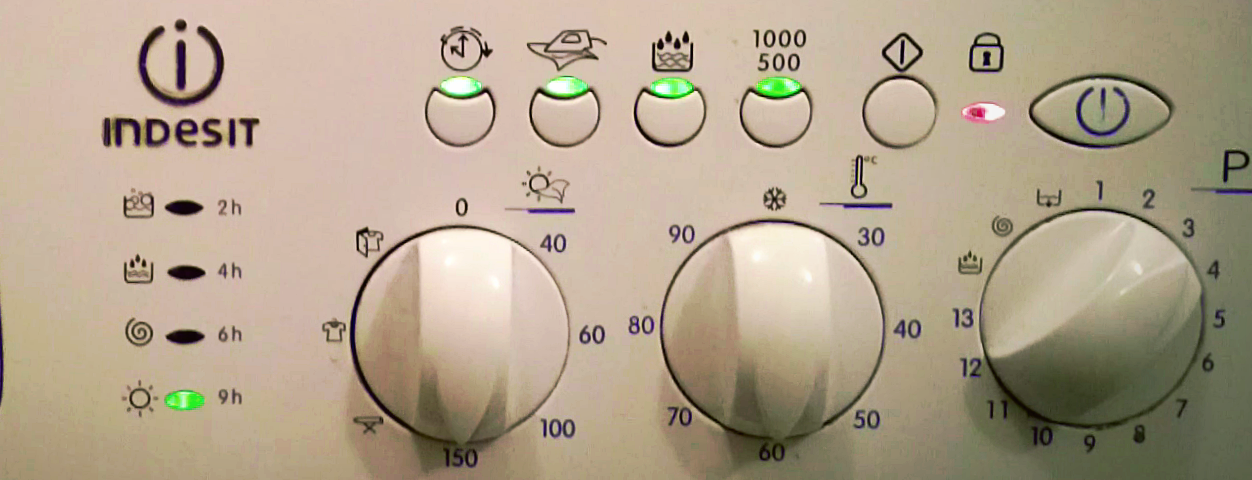
- the washing machine door remains locked even 2-3 hours after the program ends;
- after starting the wash, an error code is displayed on the machine’s display indicating problems with the UBL;
- attempts to start washing are unsuccessful - UBL cannot lock the hatch.In this case, the reason may be either in the lock or in the control module.
Having identified even one of the listed “symptoms”, it is better to immediately dismantle the locking device and check it. Let's figure out how to remove the blocker from the washing machine body.
Dismantling the UBL for inspection
Understanding how the UBL works, it will not be difficult to check the mechanism’s functionality at home. Diagnostics of the blocker is performed with a multimeter. How to remove the lock from the body of an automatic machine? There are two options. The first is to remove the UBL through the front wall, removing the hatch cuff. The second is to pull the device out through the top of the machine by removing the housing cover. For beginners, the last option is more suitable, because the rubber seal is not so easy to put back in place. If this task is not handled correctly, it is easy to break the tightness of the system. Then leaks will be ensured.
The easiest way is to get the hatch locking device through the top of the automatic machine.
The algorithm of actions will be as follows:
- de-energize the equipment;
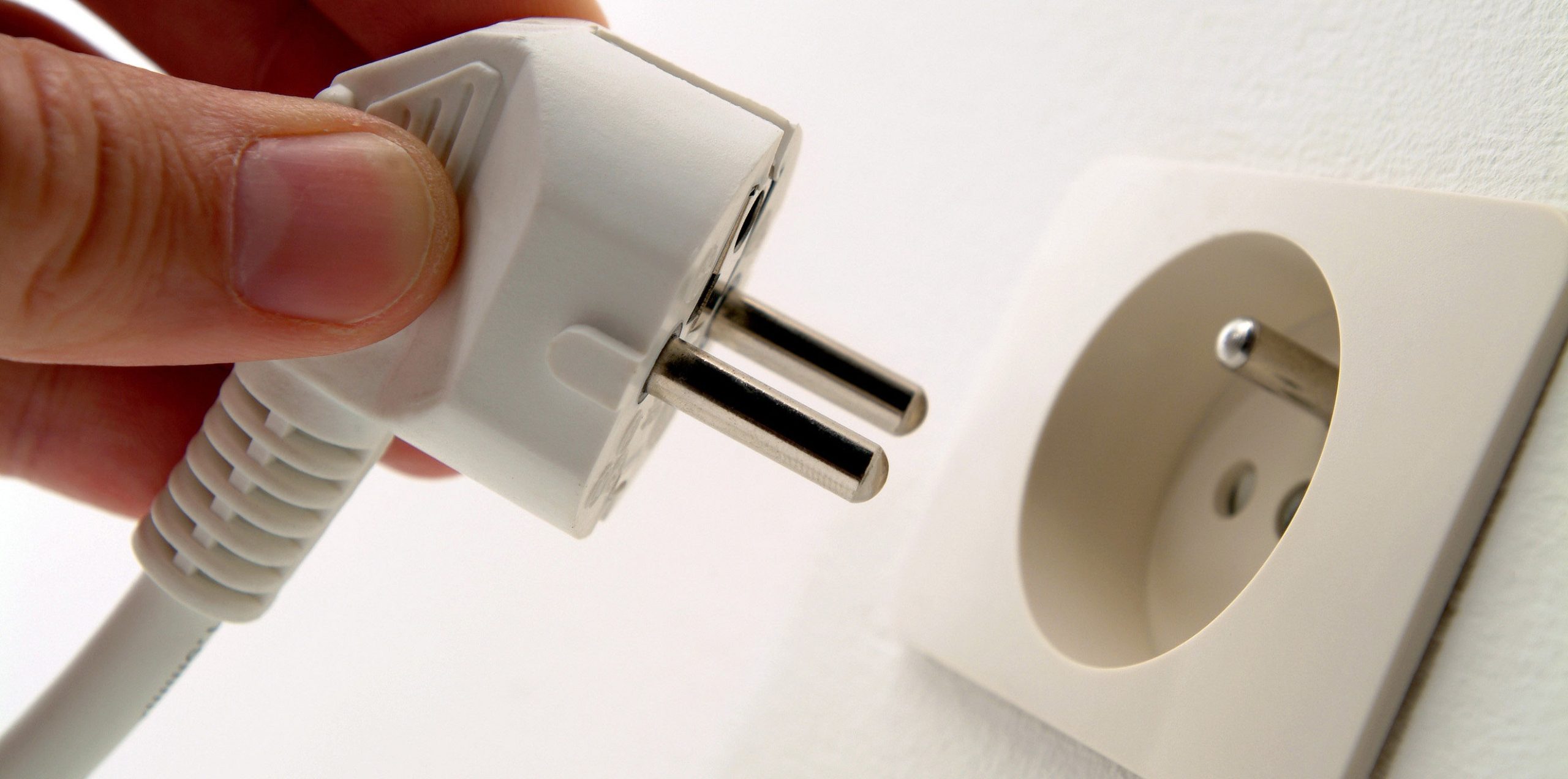
- open the washing machine door all the way;
- find the “key hole”, it is located to the right of the hatch (this is a small “hole” where the door “tongue” enters);
- unscrew the two bolts located next to the lock hole;
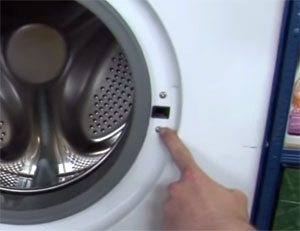
- remove a pair of screws securing the top panel of the case;
- remove the cover;
- slightly tilt the machine back, stick your hand down along the front wall;
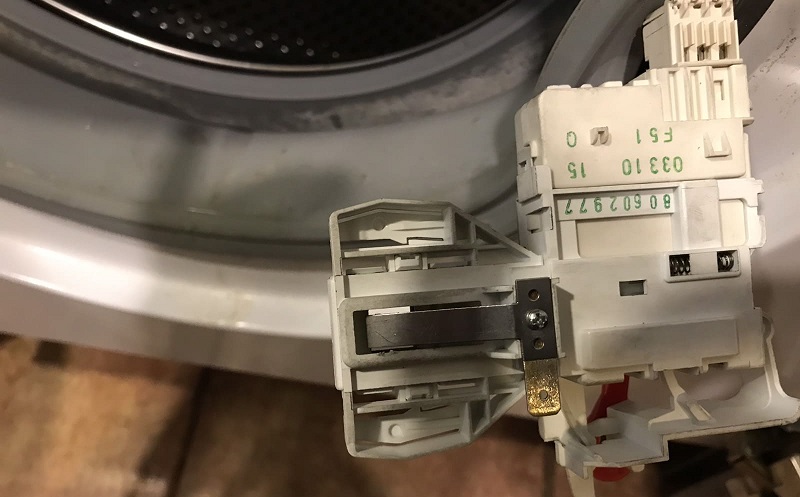
- feel for the blocker and reset its chip with wires;
- pull the UBL out.
Now the blocker will be in your hands. You don’t need to buy a new device right away, it may not be the problem. Therefore, check the part with a multimeter.
Checking the removed element
First, look at the instructions for the machine and find the UBL electrical circuit there to study the location of the contacts. Having understood where the neutral and common terminals are, and where the phase is, turn on the multimeter and switch it to resistance measurement mode. One ohmmeter probe should be applied to the neutral contact of the blocker, the second - to the phase. If a three-digit number appears on the device display, it means the locking device has passed the test.
Next, the probes are applied to the neutral and common contacts of the UBL. Zero or one displayed on the multimeter display will indicate a malfunction of the lock. The blocker cannot be repaired and will need to be replaced.
Interesting:
1 reader comment

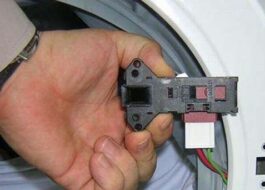

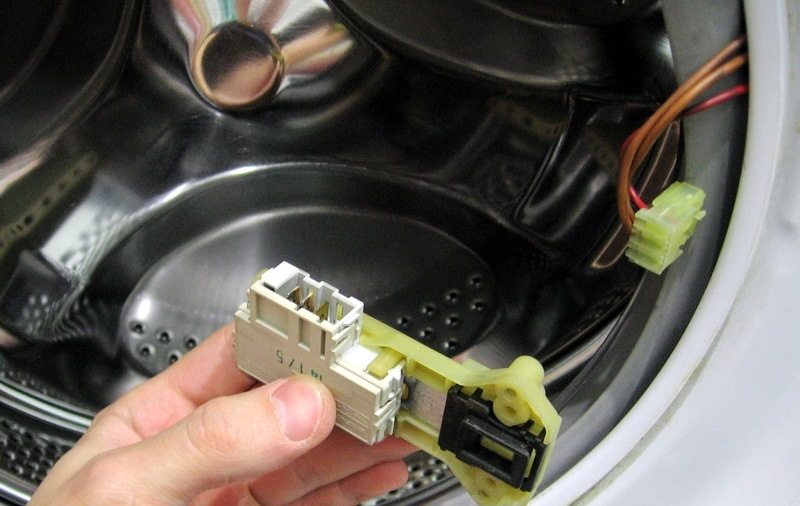
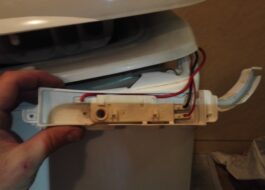

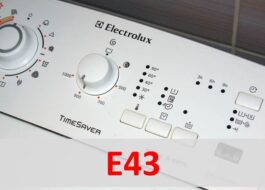














The lock is locked and the door will not close